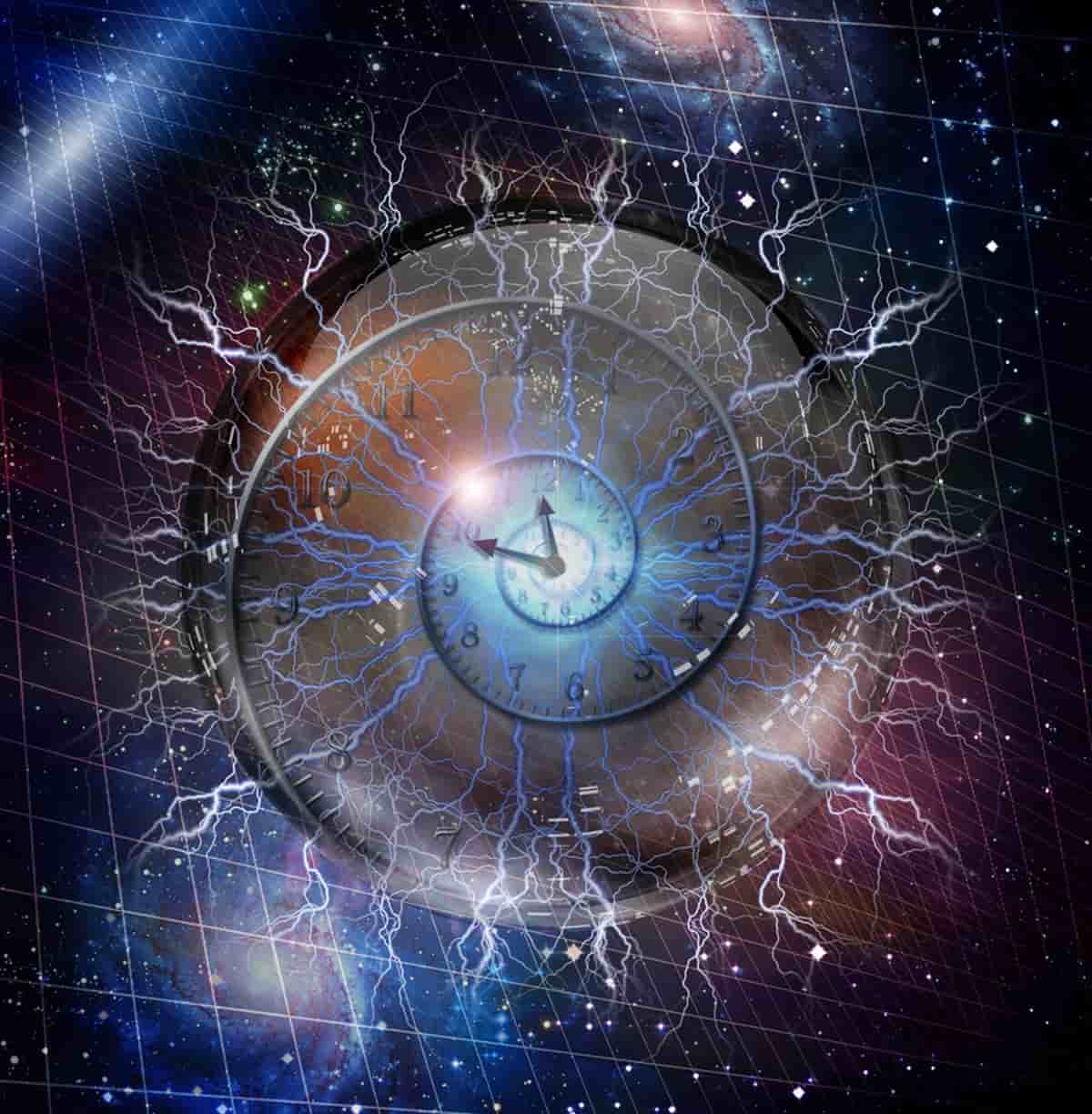Only in theory could we travel faster than the speed of light
This is why so far there is nothing that can exceed its speed, which is 300 thousand kilometers per second.

Since Albert Einstein published his Theory of Special Relativity in 1905, the fact that nothing can travel faster than light has become an integral part of our vision of the Universe, said Miguel Alcubierre Moya, a researcher at UNAM's Institute of Nuclear Sciences (ICN).
The speed limit is one light year per year, while light moves at 300 thousand kilometers per second. "In everyday life, this speed is practically infinite," he added.
To exemplify astronomical distances, the former ICN director pointed out that light takes eight minutes to reach us from the Sun, and four years from the nearest star (Alpha Centauri). In addition, it takes two million years from the Andromeda galaxy, and more than ten billion years from the most distant galaxies known.
Alcubierre Moya pointed out that even within the Solar System the speed of light imposes restrictions on communications since instructions to interplanetary probes must be sent hours in advance. "If we ever want to reach the stars, the speed-of-light limit turns out to be a huge problem."
Delivering the talk "Faster than light" as part of ICN's remote outreach talks, the theoretical physicist addressed general notions of relativity, such as the one that points out that the concept refers to motion always "being relative" to something. There is no absolute motion in the Universe, just as there is no absolute rest.
On the curvature of space-time, he explained that the principle of equivalence implies that the trajectories of objects in a gravitational field are independent of the nature of the object. That is, they are a property of "space", this and time are not absolute. "The geometry of space, and the rate at which time flows, are altered by the presence of large concentrations of energy."
If we accept that its geometry can be altered, we can think of several ways to travel faster than light, said the university scientist.
One way to achieve this, he explained, is to create a tunnel that connects two distant regions of space, known as "Einstein-Rosen tunnels" or "wormholes," and forms a shortcut in the structure of space. "When going through the wormhole we move a small distance, but suddenly find ourselves far away."
Another idea of how to move faster than the speed of light is "distortion propulsion" or "warp propulsion," suggested by Alcubierre Moya in 1994.
This is a mathematical model that proposes the possibility of faster-than-light travel by creating a plane warp bubble inside which a spacecraft would be stationary; behind it, space-time would be warped, extending it, while in front of it space-time would be contracted, thus bringing the destination point closer, while "behind" the spacecraft space-time would be expanded and "pushed" back a large number of light-years.
All this without the space and time inside the plane warp bubble in which the spacecraft would be found, being noticeably modified. The physicist explained that his method it does not move "through space", but "with" space itself, in a manner analogous to the moving belts at airports.
The basic idea of "warp propulsion," he said, is to create a local expansion of space behind a spacecraft, and an opposite contraction in front of it. The craft would be inside a "bubble" of flat space-time and would feel no acceleration.
The scientist acknowledged that "wormholes" and "warp drive" have a serious drawback: for their operation, they require the existence of "negative energy" (antigravity); that is, a repulsive rather than an attractive force of gravity. "Antigravity has never been detected in nature, although as far as we know, the laws of physics do not prohibit it."




